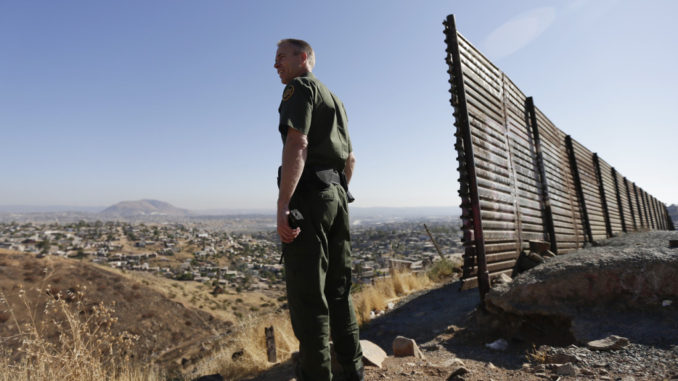
Widely supported immigration reform seems to be hostage to the understandable need to “secure our borders.” Our border with Mexico is truly important. Huge volumes of trade and numbers of people cross that border legally every day to the great advantage of both countries. The problem arises when those who cross the border do so illegally.
To get at this problem, we need to think through the sources of the illegal crossings. When masses of children showed up on our border a few months ago, none were Mexican. Pew Research’s “Hispanic Trends” project reports that net migration from Mexico to the United States was zero from 2005 to 2010, and the Mexican illegal immigrant population, which peaked in 2007, has continued its fall in the years since. Fertility in Mexico has dropped to slightly below replacement levels. Mexico’s competitive position with countries such as China is now strong. Labor costs are almost comparable, and energy and transportation costs are considerably less. With reforms in place, the Mexican economy is likely to respond.
The problem of illegal immigration now stems not from Mexico but from countries in Central America: Guatemala, Honduras and El Salvador. The additional border to worry about is Mexico’s southern border. Certainly Mexico wants to avoid becoming a transit country with all of the human degradation and corruption that goes with such activity. This is Mexico’s problem, but it is also ours, and we should be ready to help if we can and if we are asked. Clearly, the way to help is “quietly.” We also might look at the conditions in these countries that cause people to want to leave and parents to send their own children north.
These are the real problems we need to confront in order to get firm control of our border with Mexico. In the meantime, our businesses understandably cry out for a more generous H-1B visa program and our farmers and construction companies want more guest workers. The workers themselves want a way to come here to work and go home occasionally for family reunions without worrying about the problem of returning.
So, yes, we want to prevent illegal flows of people into our country. But success will come from thinking carefully about the reasons for the problem and doing more to address those reasons. That is the way to a more secure border and a more sensible immigration policy.
As President Ronald Reagan put it at his final White House ceremony:
“We lead the world because, unique among nations, we draw our people—our strength—from every country and every corner of the world. And by doing so we continuously renew and enrich our nation. While other countries cling to the stale past, here in America we breathe life into dreams. We create the future, and the world follows us into tomorrow. Thanks to each wave of new arrivals to this land of opportunity, we’re a nation forever young, forever bursting with energy and new ideas, and always on the cutting edge, always leading the world to the next frontier. This quality is vital to our future as a nation. If we ever closed the door to new Americans, our leadership in the world would soon be lost.”
Mr. Shultz, a former secretary of labor, Treasury and state, and director, Office of Management and Budget, is a distinguished fellow at Stanford University’s Hoover Institution.



